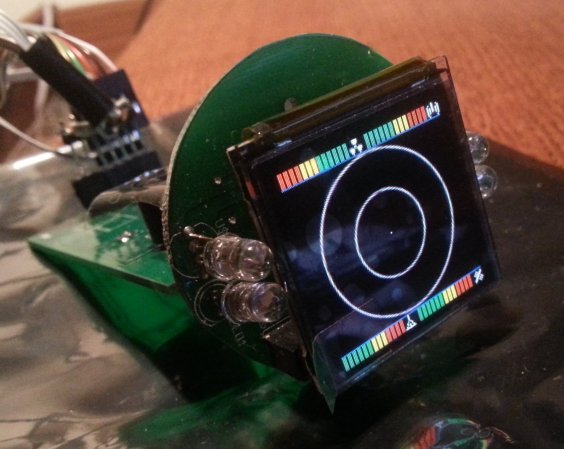
If the world comes to an end, it’s good to be prepared. And let’s say that the apocalypse is triggered by a series of nuclear explosions. If that is the case, then having a Geiger counter is a must, plus having a nice transport vehicle would be helpful too. So [Kristian] combined the two ideas and created his own Geiger counter for automotive use just on the off chance that he might need it one day.
It all started with a homemade counter that was fashioned together. Then a display module with a built-in graphics controller that was implemented to show all kinds of information in the vehicle. This was done using a couple of optocouplers as inputs. In addition, a CAN bus interface was put in place. As an earlier post suggests, the display circuit was based on a Microchip 18F4680 microcontroller. After that, things kind of got a little out of control and the counter evolved into more of a mobile communications center; mostly just because [Kristian] wanted to learn how those systems worked. Sounds like a fun learning experience! Later the CPU and gauge was redesigned to use low-quiescent regulators. A filtering board was also made that could kill transients and noise if needed.
The full project can be seen on [Kristian]’s blog.

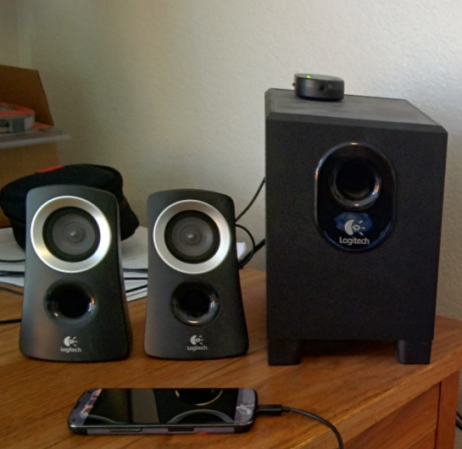

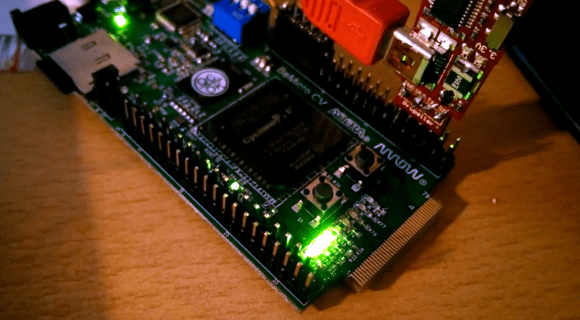

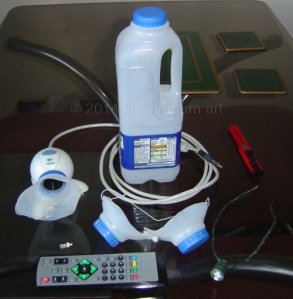 Being aware that oneself is in a dream can be a difficult moment to accomplish. But as [Rob] showed on his blog, monitoring the lucid experience once it happens doesn’t have to be costly. Instead, household items can be fashioned together to make a
Being aware that oneself is in a dream can be a difficult moment to accomplish. But as [Rob] showed on his blog, monitoring the lucid experience once it happens doesn’t have to be costly. Instead, household items can be fashioned together to make a 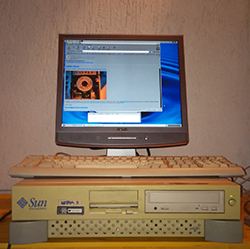 After seeing an earlier Hackaday post on old, old Unix systems loading up
After seeing an earlier Hackaday post on old, old Unix systems loading up 








